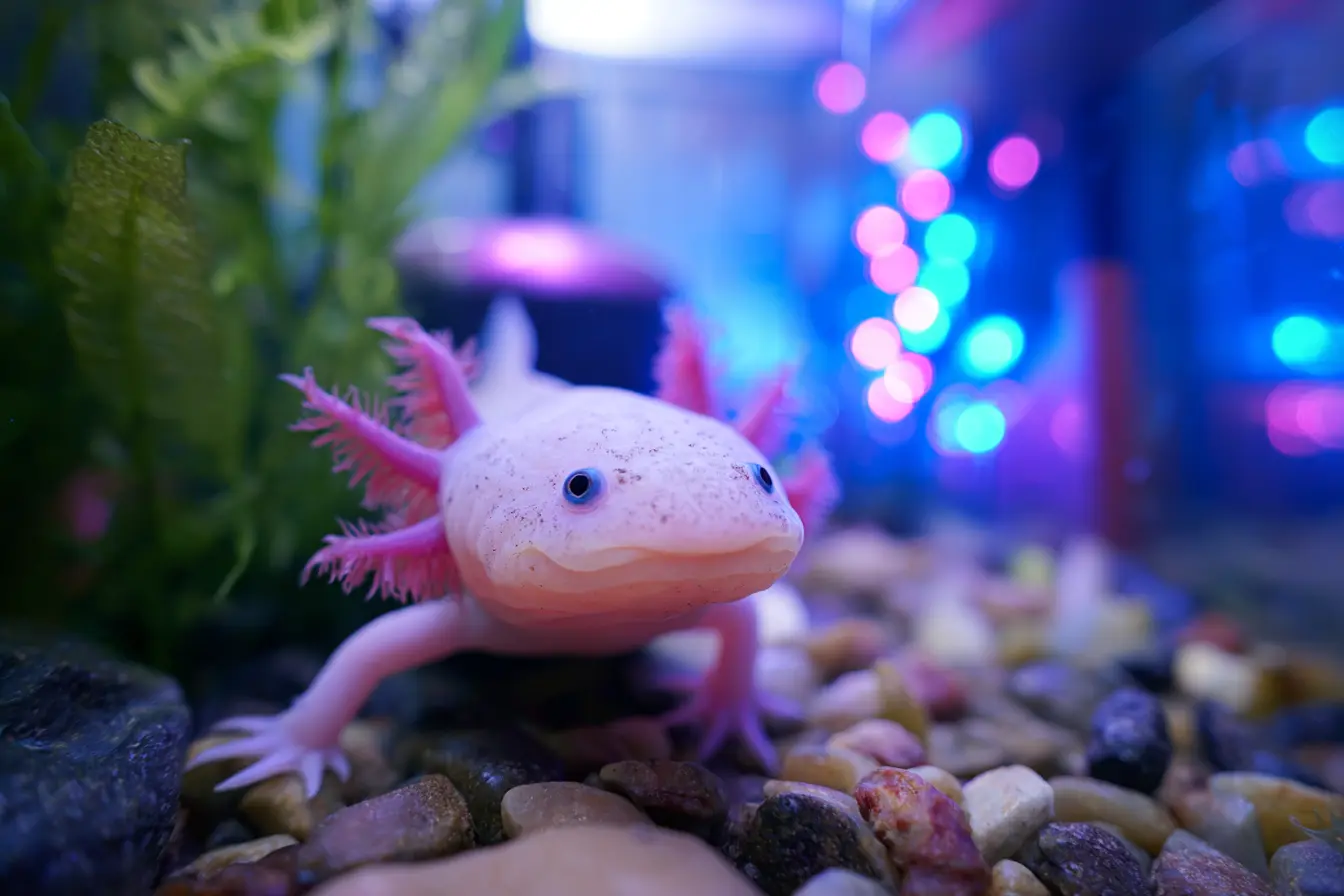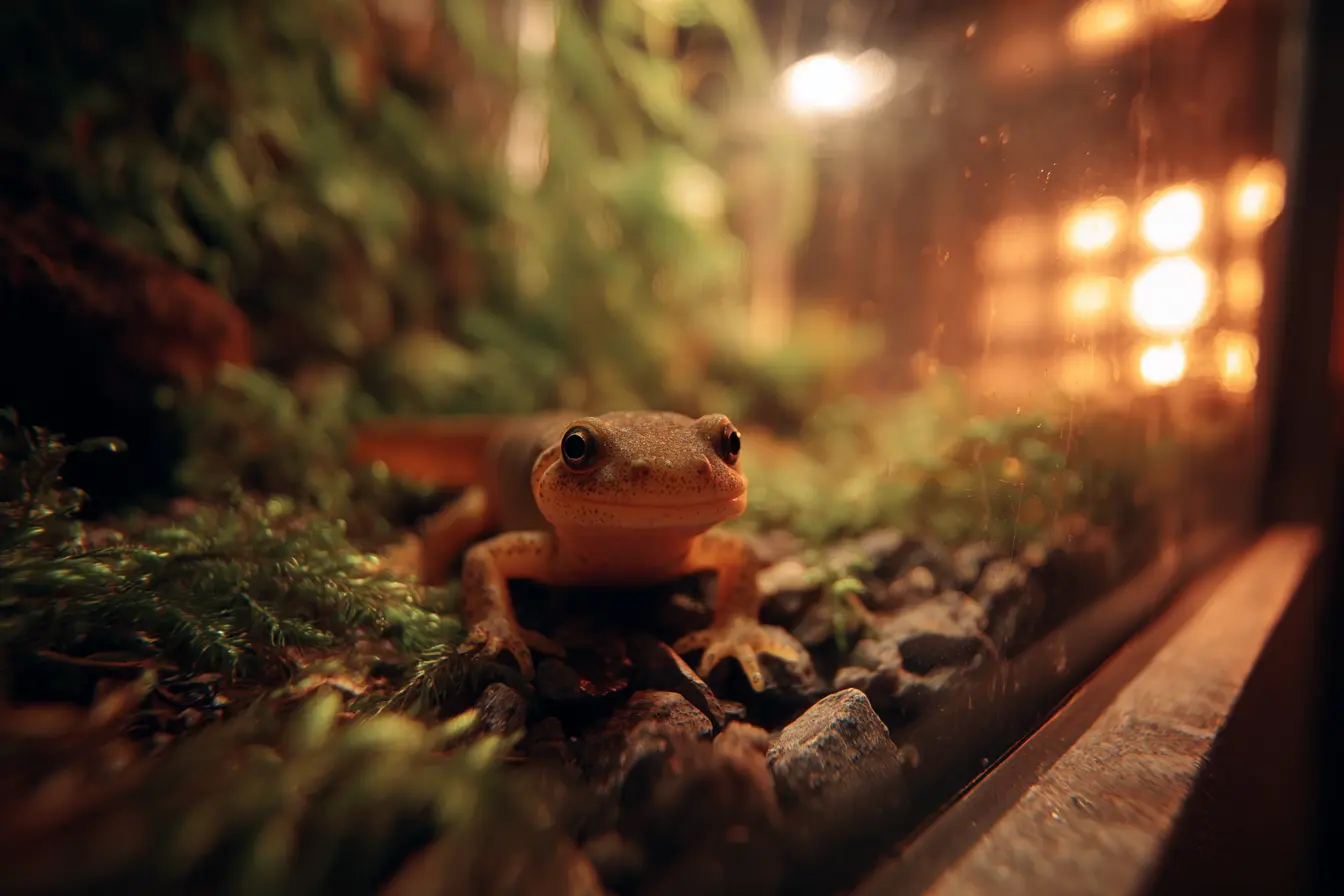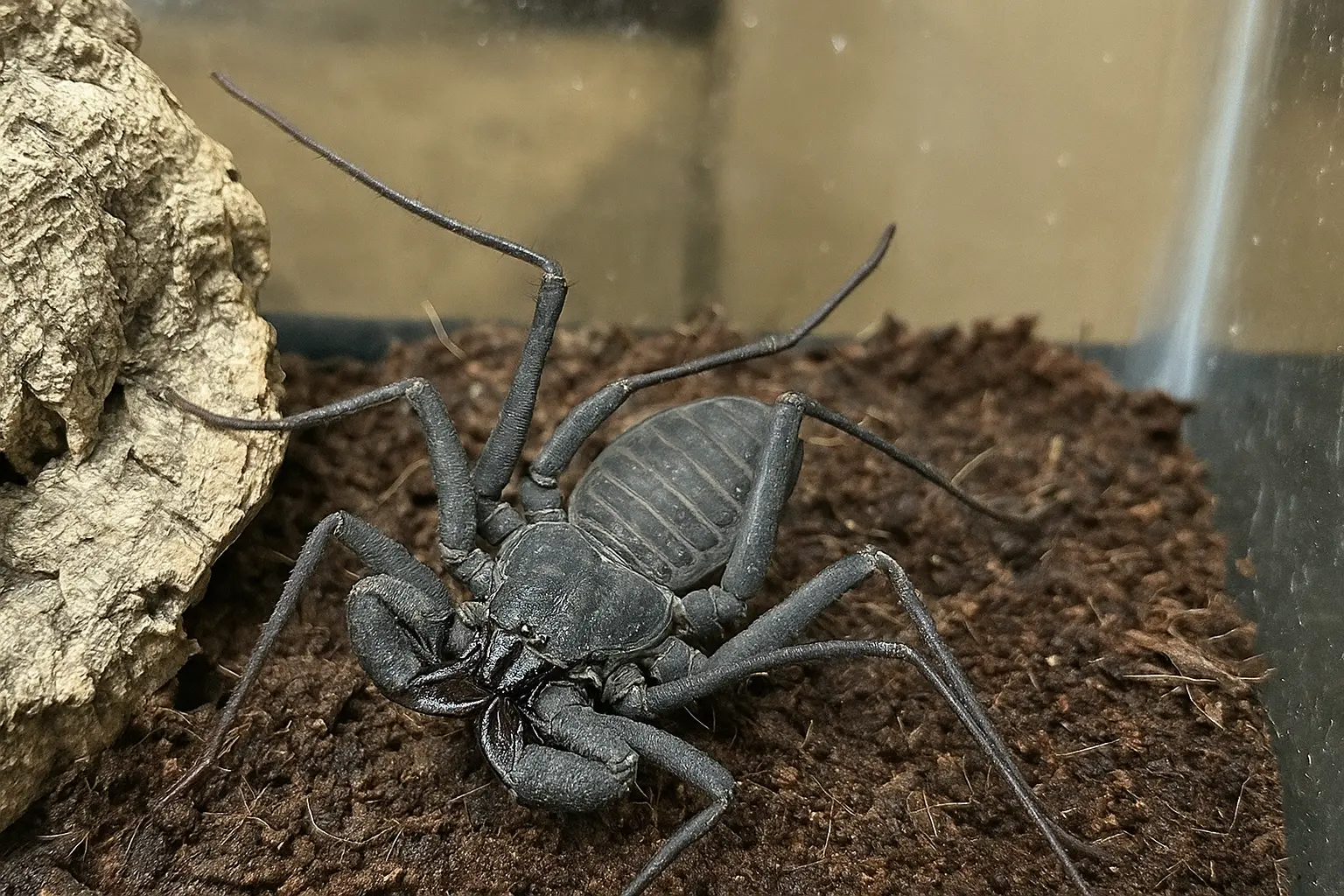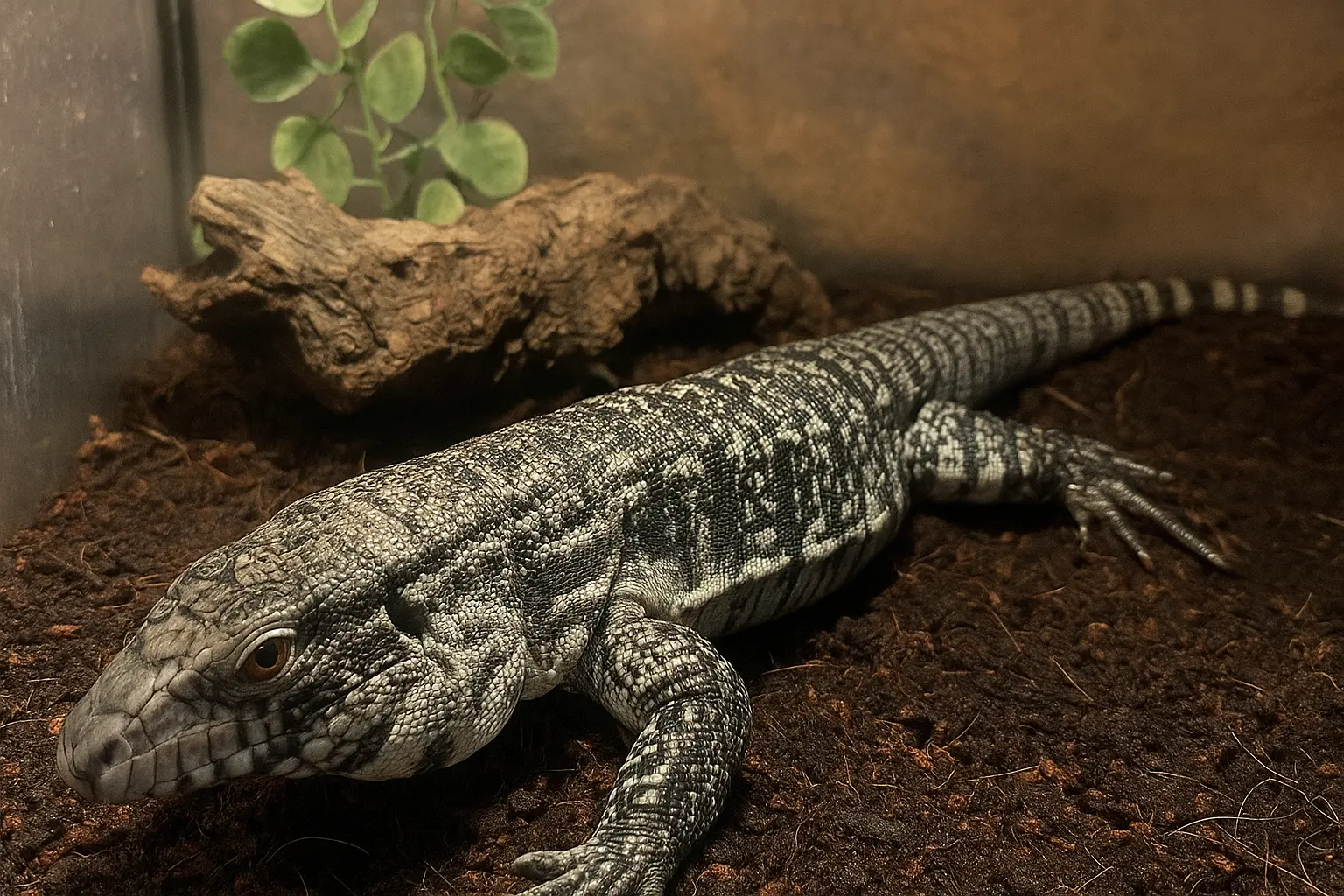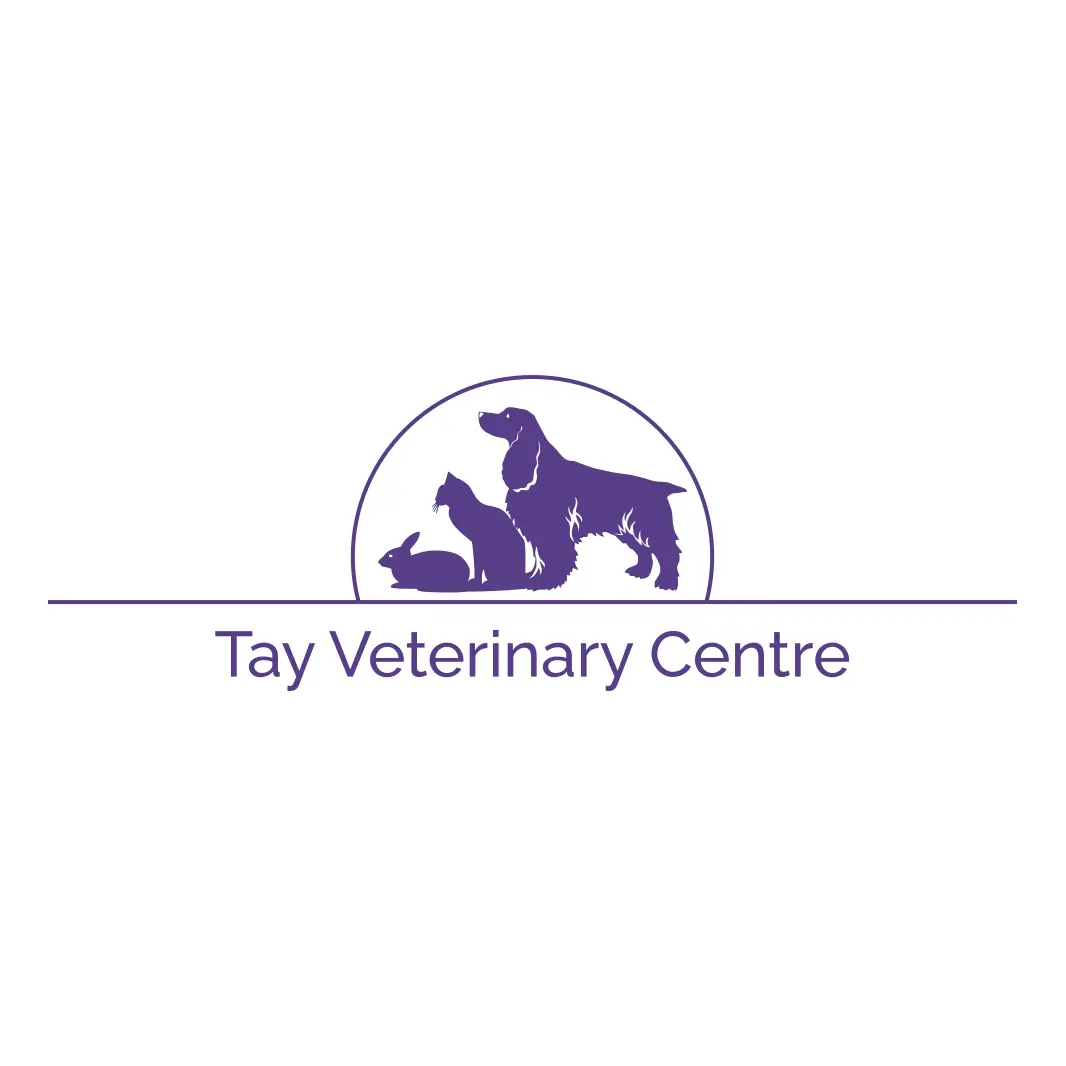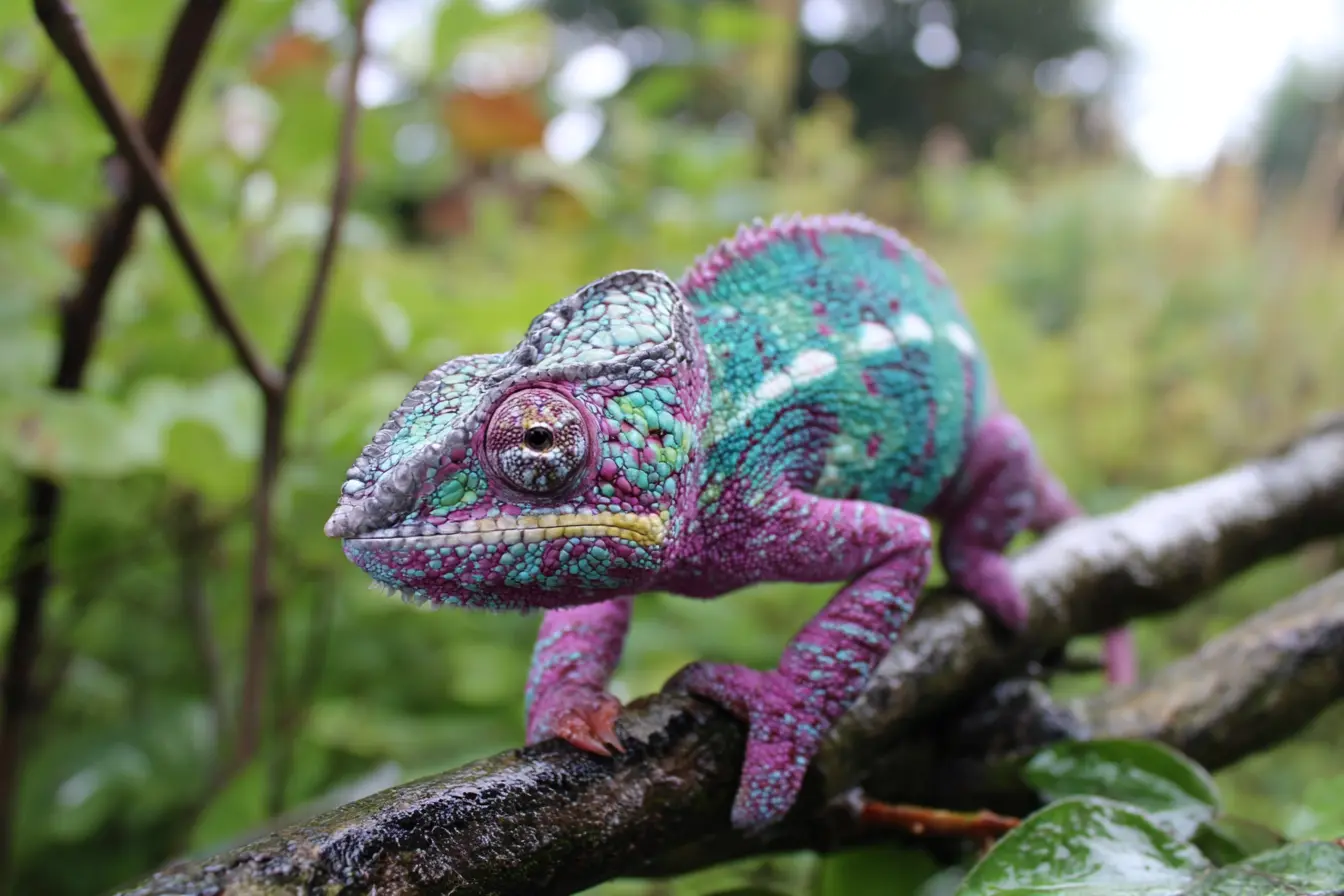
Panther Chameleon Care Guide
Panther chameleons (Furcifer pardalis) are among the most beautiful and sought-after chameleons in the reptile hobby. Known for their vibrant colours and distinct patterns, these arboreal reptiles are native to Madagascar’s tropical forests. While they are a stunning addition to any reptile collection, they require precise care to thrive in captivity.
If you’re considering getting a panther chameleon, this guide will cover everything you need to know, including housing, diet, health care, and more.
What is a Panther Chameleon?
Panther chameleons are medium-sized chameleons that can grow to around 40–50 cm in length (including their tail). Males are larger and more colourful than females, with a wide range of colour variations depending on their locale (the region they originate from in Madagascar).
Common locales include:
- Ambilobe: Bright red, blue, green, and yellow colouration
- Nosy Be: Stunning blue tones
- Sambava: A mix of red, orange, and green hues
In captivity, they can live for 5–7 years with proper care. Panther chameleons are solitary and territorial, so they should always be housed alone.
Sourcing and Selecting a Panther Chameleon
It’s essential to choose a healthy chameleon from a reputable source.
Where to Buy
- Reputable breeders: Captive-bred panther chameleons are healthier and better adapted to captivity.
- Specialist reptile shops: Many reptile shops in the UK stock panther chameleons and offer care advice.
- Rescue centres: Consider adopting a panther chameleon that needs a home.
Avoid purchasing from unverified sources or wild-caught chameleons, which are often stressed and carry parasites.
What to Look For
When selecting a panther chameleon, look for the following signs of good health:
- Bright, clear eyes that move independently
- A plump, full body and tail
- Clean skin with no retained shed
- Active, alert behaviour
- No signs of wheezing or mucus around the nose and mouth
Housing and Enclosure Setup
Panther chameleons are arboreal, meaning they live in trees and bushes. A tall, well-ventilated enclosure with plenty of climbing opportunities is essential.
Enclosure Size
The minimum recommended enclosure size for an adult panther chameleon is 60 cm (W) x 60 cm (D) x 120 cm (H). Larger is always better to allow for more climbing and enrichment. Mesh enclosures provide the best ventilation.
Substrate
Substrate is not essential, as chameleons do not spend much time on the ground. Many keepers prefer a bare-bottom setup for easy cleaning. If you want a more naturalistic setup, use a moisture-retaining substrate like coconut fibre or orchid bark. Avoid loose substrates such as sand, which can cause impaction.
Heating and Lighting
Panther chameleons are ectothermic and rely on external heat sources to regulate their body temperature.
- Basking spot temperature: 30–32°C
- Ambient temperature: 24–28°C during the day
- Night-time temperature: 18–22°C
Use a basking bulb for heat and a 10–12% UVB light to help your chameleon synthesise vitamin D3 and prevent metabolic bone disease. Replace UVB bulbs every six months, even if they appear to be functioning.
Humidity and Water
Panther chameleons require moderate humidity levels between 50–70%. Mist the enclosure several times a day to maintain humidity and ensure hydration. Install a dripper system or an automated misting system to provide water droplets, as chameleons prefer to drink from leaves rather than standing water.
Diet and Nutrition
Panther chameleons are insectivores, requiring a varied diet of live insects.
Staple Foods
- Crickets
- Dubia roaches
- Locusts
- Calci-worms
Occasional Treats
- Waxworms (high in fat, so feed sparingly)
- Silkworms
Feed insects that are no larger than the width of the chameleon’s head. Always gut-load insects with nutritious food before offering them to your chameleon.
Supplementation
To prevent nutritional deficiencies, dust insects with:
- Calcium powder without vitamin D3 at every feeding
- Calcium with vitamin D3 twice a week
- Multivitamin supplement once a week
Handling and Behaviour
Panther chameleons are generally more tolerant of handling than some other chameleon species, but they are still primarily a display pet. Excessive handling can stress them out, so it’s best to keep interactions minimal.
Tips for Handling
- Handle only when necessary, and always move slowly and gently.
- Allow the chameleon to climb onto your hand rather than grabbing it.
- Avoid sudden movements or loud noises during handling.
- Wash your hands before and after handling to prevent spreading bacteria.
Observing their natural behaviour in a well-designed enclosure is one of the most rewarding aspects of keeping a panther chameleon.
Common Health Issues
Even with proper care, panther chameleons can develop health issues. Knowing the signs early can make a significant difference.
Metabolic Bone Disease (MBD)
Caused by calcium deficiency and inadequate UVB exposure. Symptoms include lethargy, soft or deformed bones, and difficulty climbing.
Respiratory Infections
Often caused by poor ventilation or incorrect humidity. Symptoms include wheezing, open-mouth breathing, and nasal discharge.
Dehydration
Inadequate hydration can lead to dehydration, which is a common issue. Symptoms include sunken eyes and wrinkled skin.
Parasites
Internal parasites can cause weight loss and diarrhoea. Regular faecal tests by a reptile vet can help detect parasites early.
If you notice any signs of illness, consult a reptile specialist vet immediately.
Specialist Vet Care
Panther chameleons don’t require vaccinations, but regular health checks with a reptile specialist vet are essential.
Routine Health Checks
An annual visit to a reptile vet is recommended. This should include a physical examination and a faecal test for parasites.
Emergency Situations
Seek immediate veterinary care if your chameleon shows signs of:
- Significant weight loss
- Persistent lethargy or refusal to eat
- Difficulty breathing or open-mouth breathing
- Visible injuries or swollen limbs
Care and Maintenance
Maintaining a clean and well-regulated environment is crucial for your chameleon’s health.
Daily Tasks
- Check temperatures and humidity levels
- Mist the enclosure and monitor hydration
- Remove uneaten food and spot-clean waste
Weekly Tasks
- Clean water collection areas and disinfect surfaces
- Inspect heating and lighting equipment
Monthly Tasks
- Deep-clean the enclosure and replace substrate if needed
- Replace UVB bulbs every six months
Final Thoughts
Panther chameleons are captivating pets for reptile enthusiasts who are ready to meet their specific care needs. They are best suited for keepers who want a display pet rather than a hands-on companion. With the right environment, diet, and regular monitoring, your panther chameleon can live a healthy and happy life.
By following this guide, you’ll be well-prepared to provide your panther chameleon with everything it needs to thrive.
Related Vets
Vets near you
Speciality vets
- Aquatics vet specialists
- Birds vet specialists
- Camelids vet specialists
- Cats vet specialists
- Cattle vet specialists
- Deer vet specialists
- Dogs vet specialists
- Equines vet specialists
- Exotic vet specialists
- Goats vet specialists
- Pigs vet specialists
- Poultry vet specialists
- Sheep vet specialists
- Small Mammals vet specialists
- Wild vet specialists
